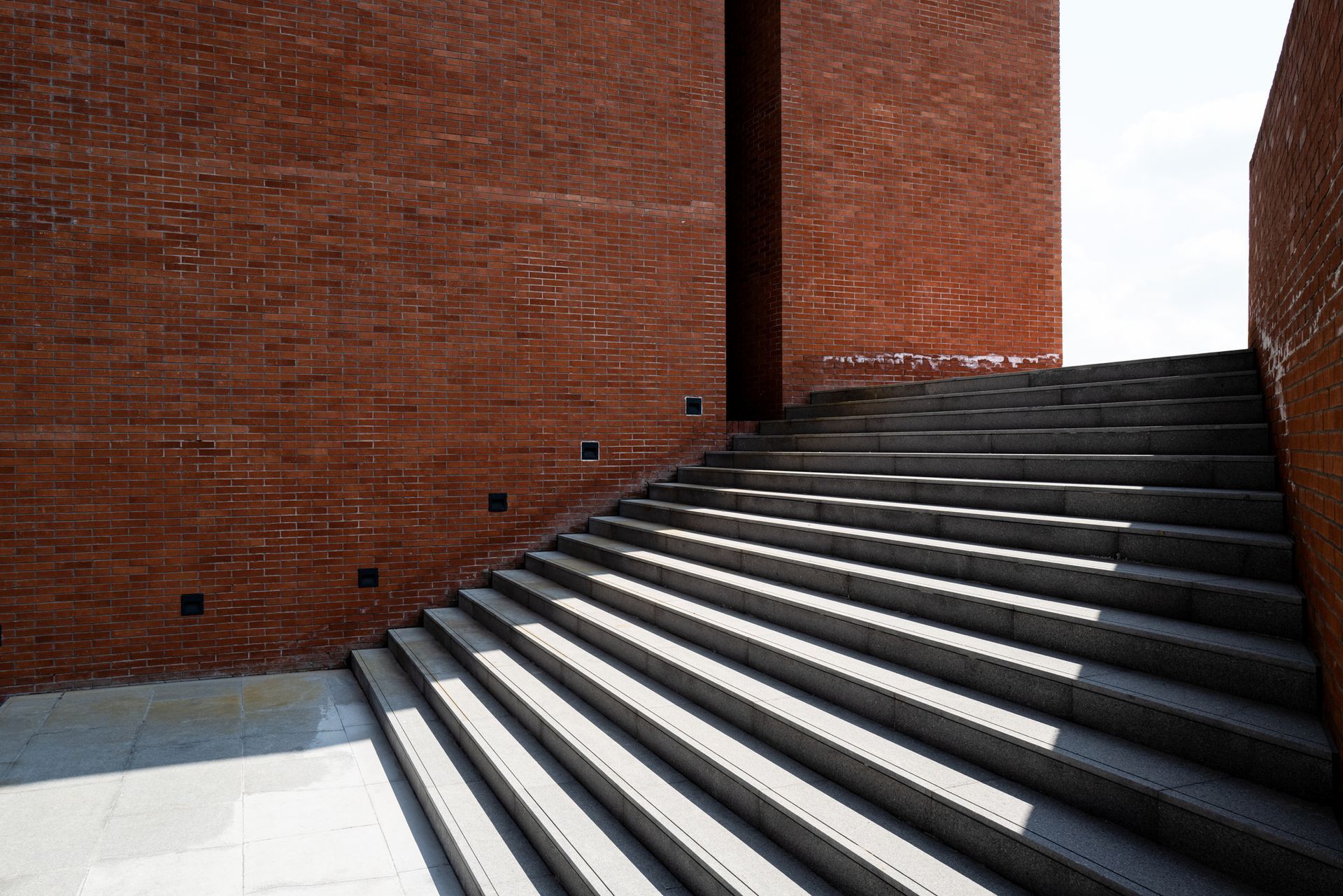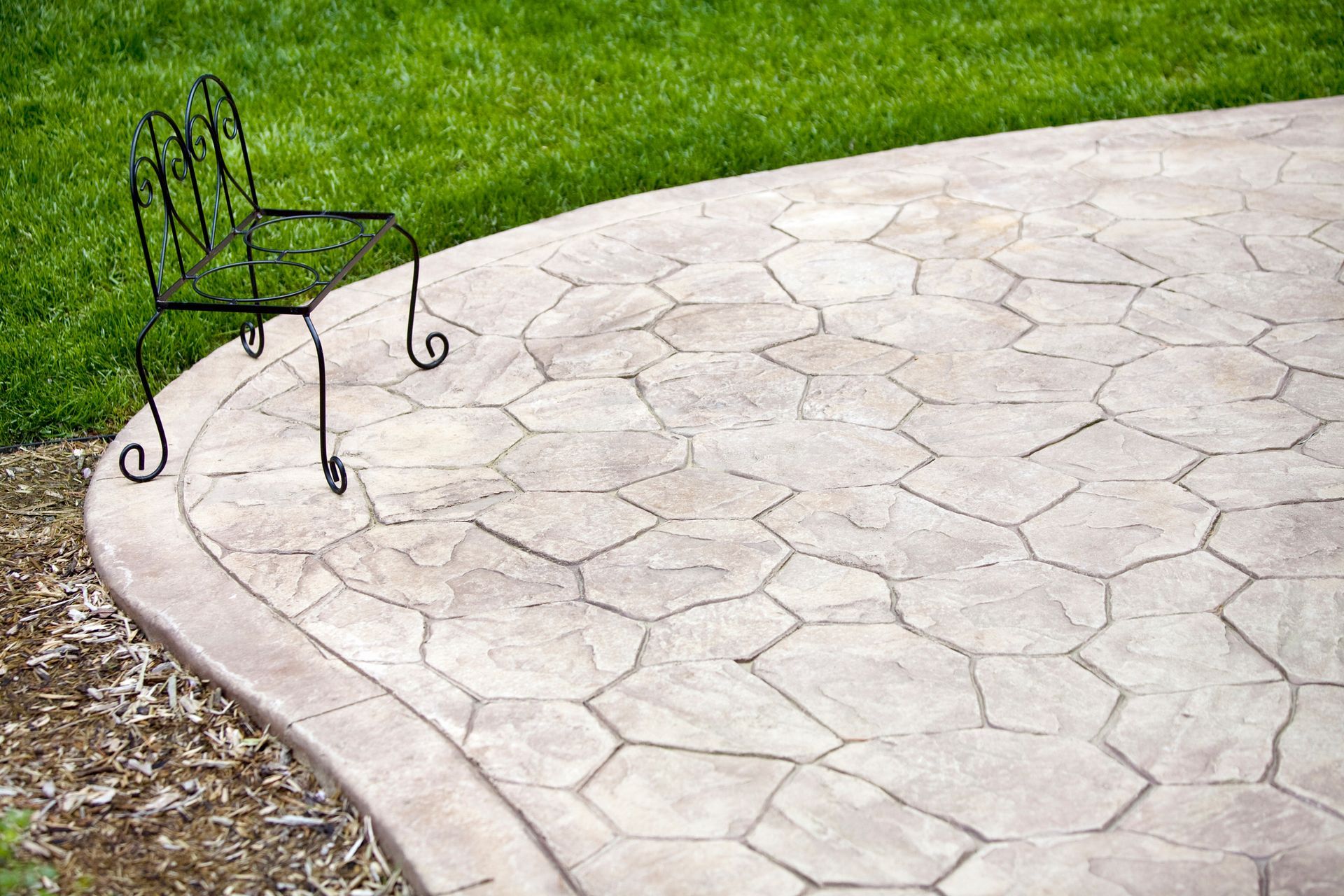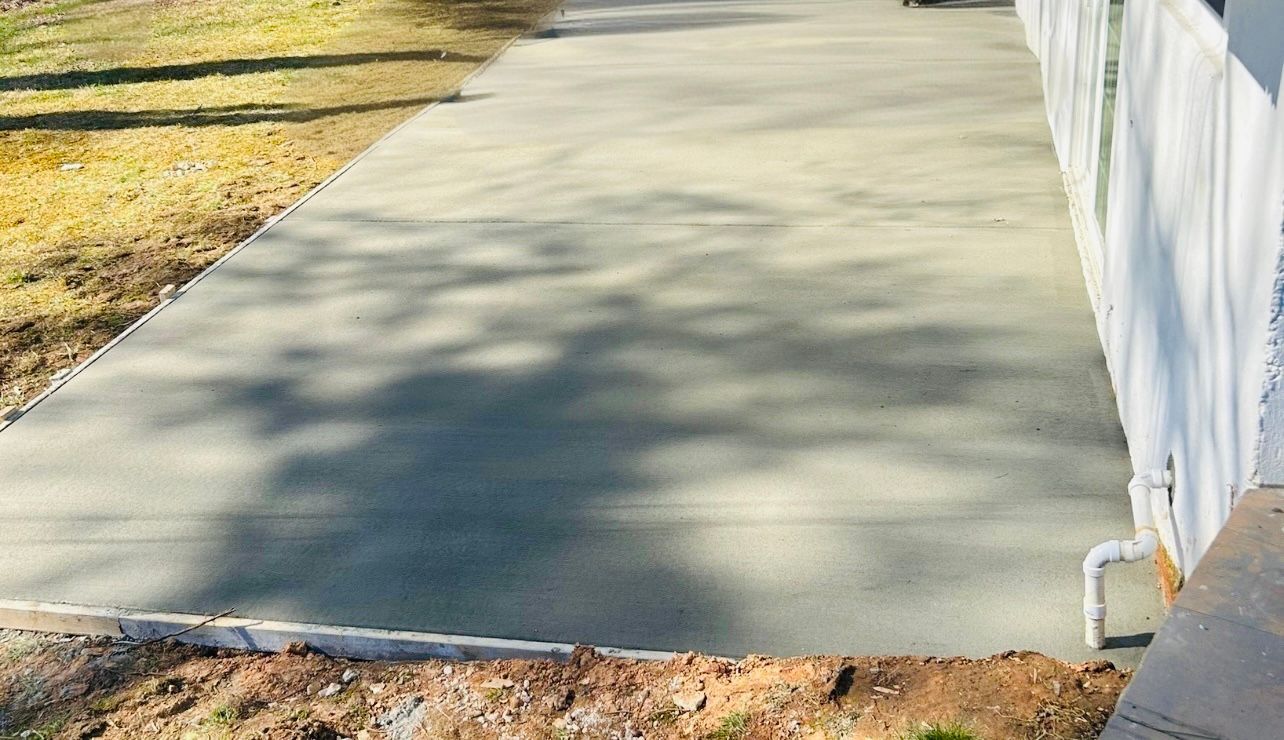Understanding the Role of Concrete in Sustainable Construction
Sustainable construction, frequently referred to as green building, represents an innovative approach that seeks to reduce the environmental impact of building structures, both during and after their construction. This forward-thinking methodology emphasizes efficiency, longevity, and environmental respect, focusing on the careful selection of materials, energy-efficient designs, and minimal waste throughout the construction process. It is a rapidly growing sector within the construction industry, driven by increasing global awareness about environmental degradation and the need for more sustainable practices in all aspects of life, including the construction of our homes, businesses, and infrastructure.
In today's scenario, the significance of sustainable construction cannot be overstated. As the world grapples with the realities of climate change, resource depletion, and increasing urbanization, the construction industry is under mounting pressure to adapt and innovate. Sustainable construction practices offer a viable solution to these challenges, providing ways to build structures that are environmentally friendly, energy-efficient, and resilient, while also promoting healthier living conditions for occupants. This approach is not just about preserving the environment; it's also about creating better, more sustainable communities for future generations.
Concrete plays a pivotal role in sustainable construction, due to its versatility, durability, and widespread availability. It is one of the most commonly used materials in construction worldwide and is integral to many different types of construction projects. However, while concrete's strength and durability have long been celebrated, its role in sustainable construction is a relatively recent development. With advancements in concrete technology and growing knowledge about its potential in green building, the construction industry is beginning to recognize and leverage the inherent sustainability of concrete. This article will delve into the role of concrete in sustainable construction, exploring how this ubiquitous material is being used to build a more sustainable future.
Understanding Concrete
Understanding concrete is the first step towards appreciating its role in sustainable construction. Concrete is a composite material composed primarily of water, aggregate (rock, sand, or gravel), and cement. The cement acts as a binder, combining with the water to create a hard, stone-like substance when it dries. This material is known for its versatility, strength, and durability, which make it an ideal choice for various construction projects.
Types of Concrete Used in Construction
There are several types of concrete used in construction, each with unique properties that suit different building needs. Plain or Normal concrete is the most basic type, composed of cement, sand, aggregate, and water. Reinforced concrete, embedded with steel bars, meshes, or fibers, is used in buildings and bridges for its enhanced strength and resistance to tension. High-performance concrete offers superior durability and strength, ideal for structures exposed to severe environmental conditions. Lightweight concrete, made with lightweight aggregates or foaming agents, is used for its thermal insulation and fire resistance properties.
The advantages of concrete as a construction material are numerous. First, concrete's durability means that structures built with it can withstand harsh environmental conditions and last for many years with minimal maintenance. This durability contributes to sustainability by reducing the need for regular replacements or repairs, thus conserving resources.
Second, concrete’s versatility allows it to be molded into any shape, making it suitable for a wide range of construction projects. Lastly, concrete is abundant and relatively inexpensive, making it accessible for construction projects worldwide. The material’s components are readily available, reducing the need for transportation and the associated environmental impact.
Moreover, when it comes to ensuring top-notch concrete construction, companies like Mid Atlantic Concrete And Improvement Specialist LLC stand out for their expertise and commitment to delivering high-quality results.
Concrete in Sustainable Construction
Concrete's contribution to sustainable construction is significant, extending beyond the physical structures it creates to its role in enhancing the sustainability of these structures. One notable aspect is concrete's inherent thermal mass, which aids in heat retention, reducing the reliance on artificial heating and cooling systems. This thermal property contributes to energy efficiency and sustainability.
Concrete's Enduring Impact
Moreover, the durability of concrete ensures that the structures it forms are long-lasting, minimizing the need for frequent replacements or repairs. This durability aspect plays a vital role in sustainable construction by reducing waste and energy associated with constructing new structures.
'Green Concrete'
The concept of 'Green Concrete' takes sustainability a step further, emphasizing environmentally-friendly processes and materials in its production. Green concrete often incorporates recycled materials, reducing its carbon footprint and requiring less energy for production. Additionally, it may be designed to be more permeable, decreasing stormwater runoff and mitigating its impact on surrounding ecosystems.
Concrete's Energy-Efficiency Advantages
Concrete not only constructs buildings but also enhances their energy efficiency. The thermal mass properties of concrete help regulate temperatures within buildings, reducing the demand for energy-intensive heating and cooling systems. Innovative approaches, such as using concrete in green roofs or walls, further contribute to a building's energy efficiency.
Concrete's Green Evolution
Analyzing concrete's life cycle reveals its sustainable aspects. From production, where measures can be implemented to reduce energy usage and CO2 emissions, to its long lifespan, reducing the need for replacement, each stage of concrete's life cycle can be optimized for sustainability. Even at the end of its life, concrete can be recycled, minimizing its environmental impact.
In conclusion, concrete's versatility, durability, thermal properties, and recyclability collectively contribute to its pivotal role in sustainable construction. The emergence of 'green concrete' further enhances these sustainable attributes, solidifying concrete as an essential component in the pursuit of more sustainable construction practices. Additionally, leading companies in the construction industry, such as Mid Atlantic Concrete And Improvement Specialist LLC, play a crucial role in implementing and promoting sustainable practices, ensuring that the benefits of concrete in sustainable construction are maximized.
Innovations in Concrete for Sustainability
The landscape of sustainable construction is being dramatically reshaped with the advent of innovative concrete materials. For instance, the use of recycled concrete has emerged as a game-changing approach. This green alternative not only reduces the need for new materials and thus minimizes environmental impact but also reuses waste that would otherwise contribute to landfills. By using recycled concrete, we can significantly lower carbon emissions typically associated with the production of fresh concrete. Innovative materials like recycled concrete, therefore, are not just sustainable but also cost-effective, facilitating a more circular economy in the construction industry.
Eco-Innovation in Concrete Production
Technological advancements have also played a pivotal role in reducing the environmental impact of concrete production. These include energy-efficient processes, the use of renewable energy sources, and waste-minimization techniques. The development and implementation of carbon capture and storage technology in the production of cement, for instance, can significantly reduce CO2 emissions. Similarly, the use of alternative raw materials such as fly ash and slag in concrete mixtures reduces the demand for cement, further lowering the carbon footprint of concrete production.
Real-World Success Stories
To understand the real-world implications of these innovations, let's look at some case studies of sustainable construction projects using concrete. One such example is the Bullitt Center in Seattle, known as one of the greenest commercial buildings in the world. The center used concrete with 50% slag to minimize carbon emissions during construction. Another example is the California Department of Transportation, which used recycled concrete aggregate in a freeway paving project, illustrating the practicality and effectiveness of using recycled concrete in large-scale infrastructure projects.
Thus, through innovative materials, technological advancements, and practical applications, concrete continues to play a vital role in sustainable construction. By embracing these innovations, we can pave the way for a greener and more sustainable future in the construction industry. Companies like Mid Atlantic Concrete And Improvement Specialist LLC actively embrace innovative materials and technologies, reinforcing concrete's vital role in advancing sustainable construction for a greener future.
Challenges and Solutions
Despite the promising prospects of concrete in sustainable construction, several challenges need to be tackled. The primary issues are the extensive carbon footprint and waste generation during the production process, water consumption, and the extraction of raw materials. These challenges stem from the traditional concrete manufacturing method, which is energy-intensive and contributes significantly to global carbon emissions. Moreover, the extraction of sand and gravel for concrete production causes environmental degradation, making it an unsustainable practice.
Concrete Sustainability: Strategies and Solutions
To overcome these obstacles, some potential solutions and strategies can be implemented. A key solution is the use of recycled concrete aggregate (RCA), which can reduce the demand for virgin materials and decrease waste generation. Additionally, alternative cementitious materials such as fly ash, slag, and silica fume can be used in concrete mixtures to reduce the carbon footprint. Advancements in technology, like carbon capture and storage (CCS) at production facilities, can also mitigate carbon emissions. Meanwhile, water-efficient production techniques can minimize water usage in the manufacturing process.
Policy and Industry Standards
Policy and industry standards play a crucial role in promoting sustainable concrete use. Governments can implement regulations that mandate the use of sustainable materials and practices in construction. This could include setting minimum standards for recycled content in concrete, limiting the extraction of raw materials, or imposing carbon taxes on high-emission producers. Industry bodies can also establish certification systems to recognize and reward sustainable practices. These measures can incentivize companies to adopt more sustainable operations, paving the way for a greener construction industry.
In conclusion, while there are challenges in using
concrete for sustainable construction, there are innovative strategies and supportive policies that can help overcome these hurdles. By embracing these changes, the construction industry can significantly reduce its environmental impact and contribute to a more sustainable future. Furthermore, companies like Mid Atlantic Concrete And Improvement Specialist LLC play a pivotal role in implementing innovative strategies and advocating for supportive policies, facilitating the construction industry's transition towards sustainability and minimizing its environmental impact.
Conclusion
In summarizing the role of concrete in sustainable construction, it's clear that, despite its environmental challenges, concrete continues to be a fundamental building material due to its versatility, affordability, and durability. The environmental footprint of concrete production is an issue of concern, but the development and implementation of innovative approaches such as the use of recycled materials, alternative cementitious materials, carbon capture technology, and water-efficient production methods—championed by industry leaders like Mid Atlantic Concrete And Improvement Specialist LLC—have significantly mitigated these impacts.
Looking ahead, the future of
concrete in sustainable construction is promising. With the advancements in technology, we expect to see an increased use of artificial intelligence and machine learning, with companies like Mid Atlantic Concrete And Improvement Specialist LLC leading the way in optimizing concrete mix design for sustainability. Furthermore, the development of self-healing concrete, which can repair its cracks, could extend the lifespan of concrete structures and reduce the need for maintenance and replacement, further contributing to sustainability.
Finally, sustainability in construction is not just a trend but a necessity, and the construction industry, being one of the major contributors to carbon emissions, has a moral and social responsibility to reduce its environmental impact. While there are challenges in using concrete for sustainable construction, these can be overcome with concerted efforts from all stakeholders, including manufacturers, builders, architects, and policymakers. Concrete, when used responsibly and with the innovative strategies implemented by companies like Mid Atlantic Concrete And Improvement Specialist LLC can play a key role in building a sustainable future.
Name, Address, and Phone
Mid Atlantic Concrete And Improvement Specialist LLC.
7643 Paradise Beach Rd, Pasadena, MD, 21122, US
(443) 639-0840






